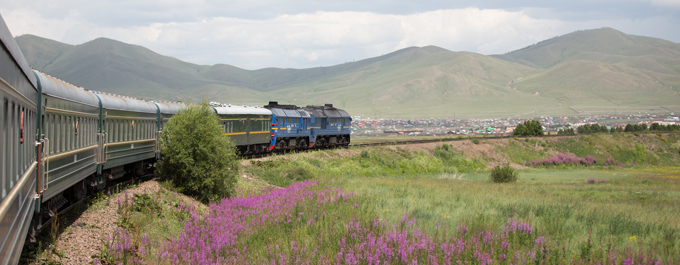
We loved the day trip to the beautiful seaside village of Otranto….less than 100 miles away from Albania. In 1480 the city was sacked by the Turks and 800 citizens barricaded themselves in their church with their bishop and were slaughtered. Their bones are viewed behind the altar.




The bit off finger of a saint, a cure for frenetic dancing and a beautifully frescoed church make a visit to Galatina worthwhile.
The 14th-century Basilica di Santa Caterina d’Alessandria houses well preserved vivid frescos that are gorgeous. Inside the basilica is also the saint’s finger? Legend has it that a crusader stopped at the monastery on Mt Sinai and kissed the saint’s hand, bit off her finger and brought the relic home to Galatina..
We sampled Il Pasticciotto di Galatina which was heavenly, a custard filled delight.
Our guide Dino stops to tell the story of cult tarantism, the illness caused by the bite of a tarantula spider after which the victim dances a frenzied dance until they collapse. Once a year on June 29, the cult followers make a pilgrimage to Galatina to pray to St Paul, the protector against animal and insect bites. On the feast day of St Paul, cultists (women) come to drink the water from the well of St Paul and spit it back in to be exorcised. In the 1960’s the cult was condemned by the church and banned by the city.



















































